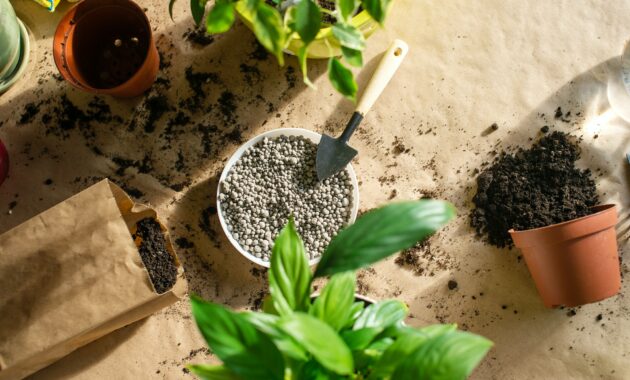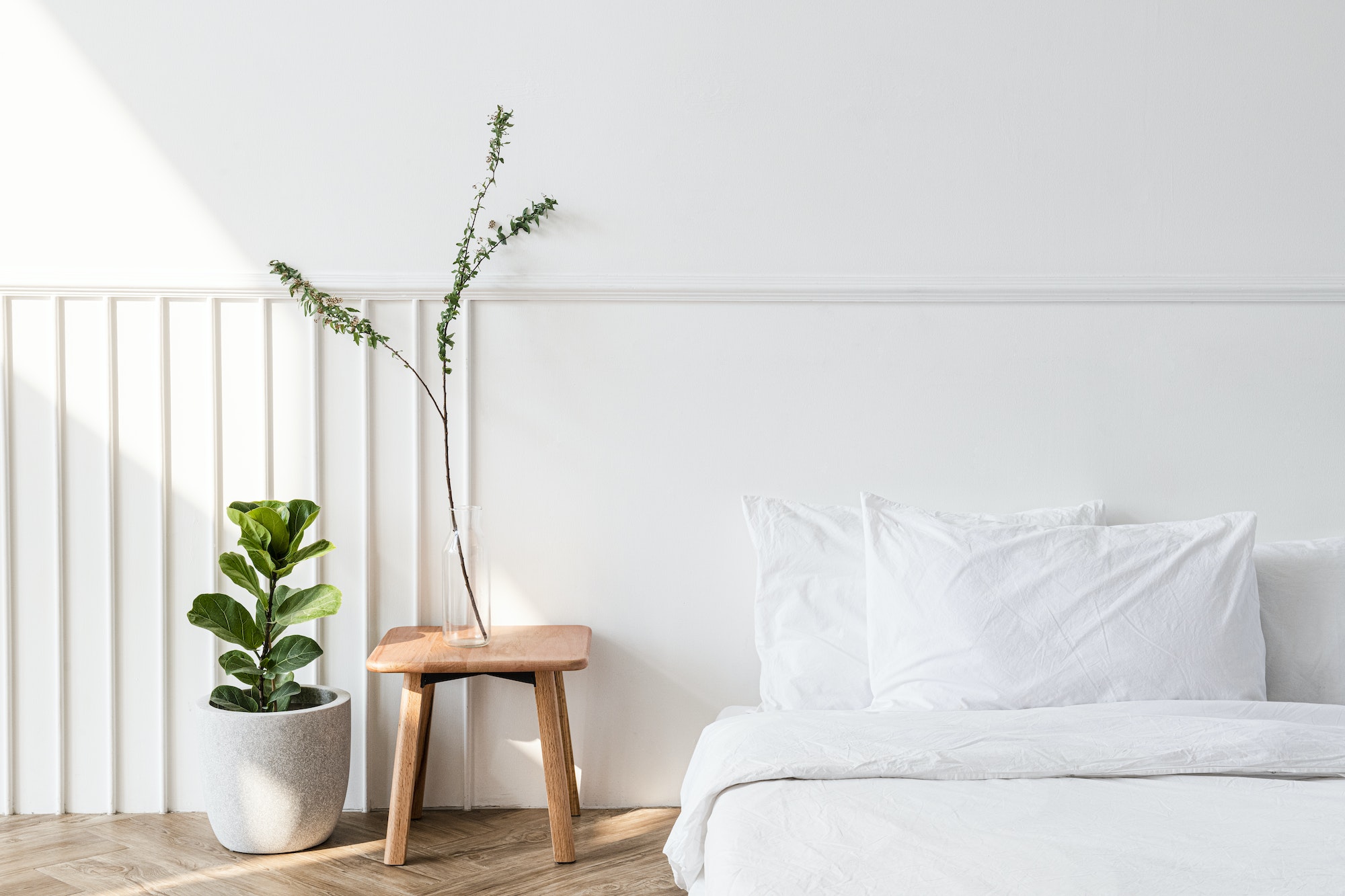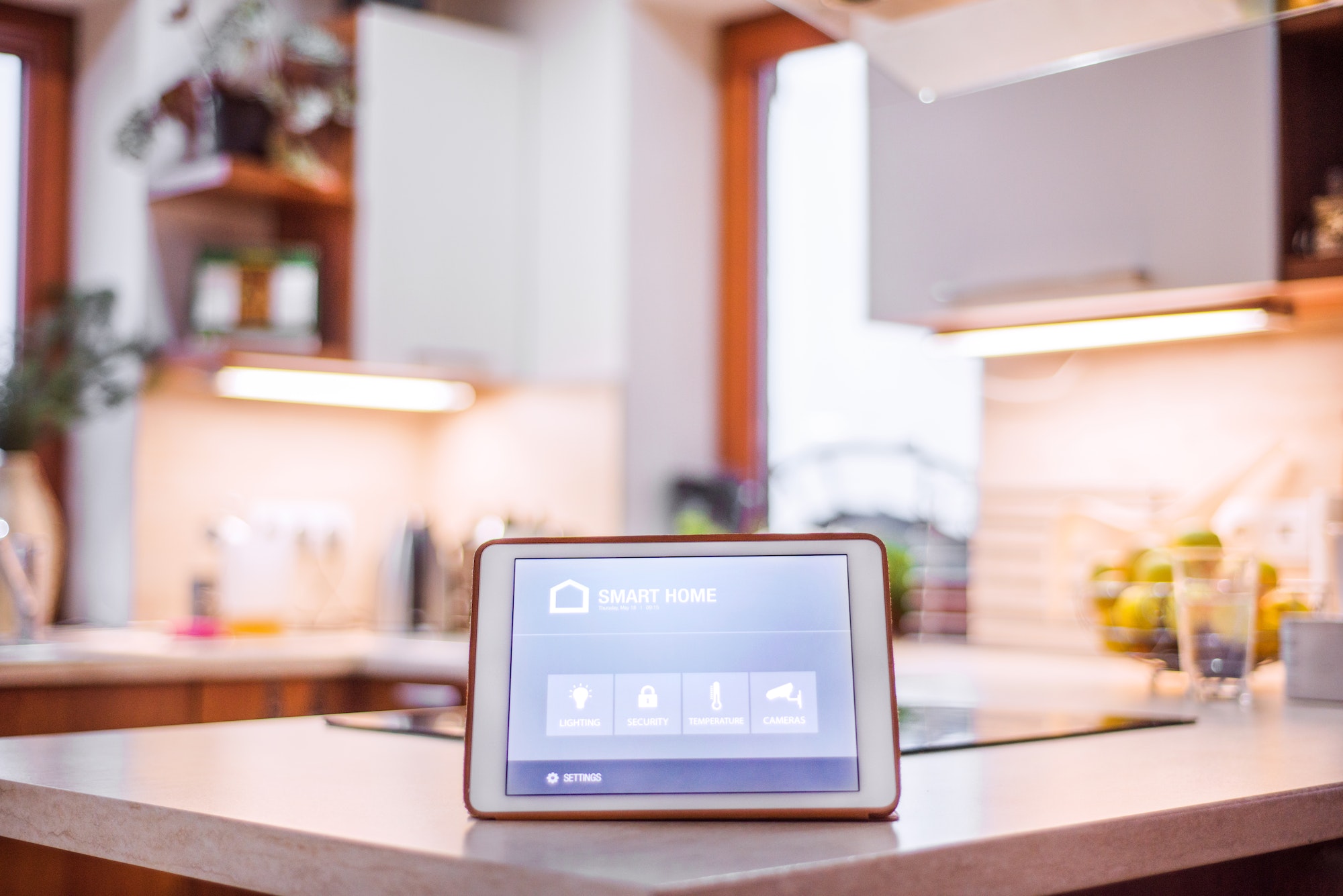Watering your plants is one of the most important aspects of plant care, but it can also be one of the most difficult to get right. There are a few things you need to keep in mind when watering your plants, including how often to water them, how much water they need, and what type of water is best for them. With a little trial and error, you should be able to find a watering schedule that works for your plants. Here’s what you need to know about watering your plants!
1. Hydroponic Systems
Hydroponic systems are a great way to make sure your plants get the exact amount of water they need. These systems are essentially self-watering and can be set up for almost any type of plant. The benefit of using hydroponics is that you don’t have to worry about over or under-watering, as the system will keep the plants at an ideal moisture level. If you are just starting, look for the best beginner hydroponic system to make sure your plants get off to a great start. It’s also important to make sure you check the system regularly, as it can get clogged or have other issues that need to be addressed.
2. Frequency of Watering
Watering frequency will depend on the type of plant you’re caring for. Cacti, succulents, and other drought-tolerant plants may only need to be watered every few weeks, while most houseplants should be watered at least once a week. Signs that your plants are thirsty include wilting leaves or drooping stems. You can also check the soil with your finger — if it’s dry an inch down from the surface, it’s time to water!
Once you know how much water different types of plants need, try to stick to a regular watering schedule so they always have enough hydration.
3. Amount of Water
Different plants have different water requirements. For most houseplants, you’ll want to give them a thorough watering once a week that allows the water to penetrate down into the soil and reach the roots. This will help keep them healthy and happy. If you find that your plants are looking wilted or dry in between waterings, you may need to increase the amount of water they get each week. It’s important to not overwater either – if there is excess standing water at the bottom of your pot, you may need to adjust how much you’re giving it each week.
4. Type of Water
When it comes to watering your plants, the type of water matters. If you’re using tap water, check with your local municipality to find out what kind of chemicals are in it. Many cities add chlorine and fluorine among other things to their water supply, which can be harmful to some types of plants. Rainwater is preferable since it contains no additives, but if that isn’t an option for you then consider investing in a filter system or using distilled or deionized water. Either way, always use lukewarm water when available so your plant doesn’t suffer from shock due to temperature differences.
5. Watering From the Bottom Up
When it comes to watering your plants, you may want to consider the technique of bottom-up watering. This is when you place your plant in a container filled with water and allow the water to move upwards into the soil and provide moisture for your plant. By doing this, you can avoid getting any of the foliage wet which could lead to disease or pest infestations. Bottom-up watering also ensures that your soil will be evenly moistened as opposed to just dampening the top layer. It’s also great for those hard-to-reach spots!
6. Don’t Forget the Fertilizer
Your plants need the right kind of nutrients to stay healthy and thrive. A balanced fertilizer will give them what they need, with the right ratios of nitrogen, phosphorus, and potassium in the mix. Fertilize your plants at least every couple of weeks during their active growing season. Keep an eye out for signs that too much or too little fertilizer is being applied; if you see yellowing leaves or a plant starting to look distressed, adjust your application accordingly.

Keeping your plants watered and fertilized is an important part of ensuring their health. Make sure you understand what different types of plants need in terms of frequency, amount, and type of water as well as the right kind of fertilizer to provide them with all the nutrients they need. Hydroponics can be a great solution for those that are looking for a more automated way to care for their plants. With the right knowledge and tools, you can create a thriving garden that will last a lifetime!
Discover more from Futurist Architecture
Subscribe to get the latest posts sent to your email.



